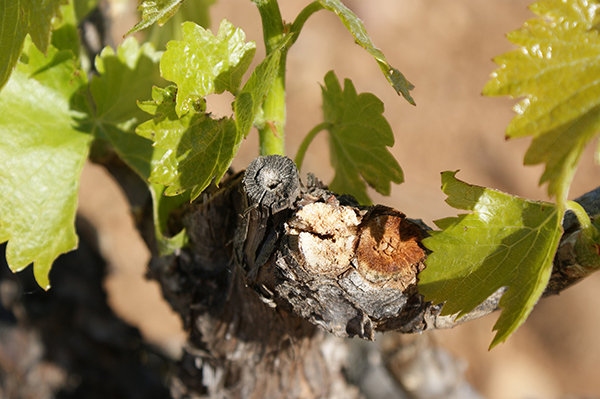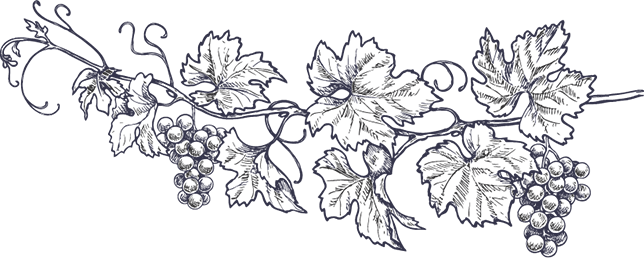
Sparkling era for Walloon vineyards !
30.03.2020The Belgian vineyard is booming. There is no shortage of extension projects in Wallonia. A few years ago, Walloon wine was at best a passion, sometimes a fantasy, rarely a grandiose product. Thanks to the hard work of a handful of enthusiasts, it has become a reality in its own right, a wine that has nothing to envy its neighbours.
A long history
Along with wheat, the vine is in fact one of the oldest crops practiced by man. From 7,000 to 5,000 years before Christ, vines were already cultivated in Georgia. Some 1,600 years B.C., the frescoes discovered by archaeologists show scenes of harvesting, winemaking and tasting at the Pharaohs.
From 7th to 16th century, vines were planted in Belgium: Meuse valley, Huy and Liège, in Louvain, Diest, Léau, St Josse, Schaerbeek, Wavre... so much so that vineyards were present everywhere in our country in the 16th century.
Under the effect of strong frosts and the improvement of the communication routes (importation of wines from France), the vine will however almost disappear from our landscapes in the 17th and 18th centuries, with the exception of Huy.
However, Belgium, better known for its very good beers, like other northern countries, has seen some very dynamic winegrowers invest in recent years.
An orientation not to be taken lightly
More and more people are interested by growing their own vineyard and making wine or grapes-derived products. However, working the vine is an orientation not to be taken lightly. Indeed, Jean-François Baele of the Ry d'Argent estate says that "It takes eight years without borrowing to become profitable: as long as you have sold everything, the product is good, pleases the public and your harvest went well without any worries. So you have to hold on for eight years."
It is therefore necessary to ask yourself the right questions before embarking on the wine-producing adventure.
Some figures on the Walloon vineyards
When the Vignerons de Wallonie vzw (asbl Vignerons de Wallonie - representative of the winegrowers) was created, 16 winegrowers were affiliated; today there are more than 70. The Walloon vineyard has grown from about 50 ha in 2012 to 130 ha in 2015 and nearly 190 ha by the end of 2019.
Production totalled 520,000 bottles of wine in 2014, 700,000 in 2015, 800,000 in 2016 to reach a record in 2018: 1,300,000 bottles. This growth is largely attributed to the heat experienced in the summer of 2018.
The province of Hainaut is the production champion, followed by Limburg and Namur. Almost 70% white sparkling wine, 15% still white wine, 8% red wine, 5% rosé and about 2% rosé sparkling wine.
Grape varieties and terroirs
There are two approaches to winegrowing in Wallonia.
The first uses traditional, so-called international grape varieties: chardonnay, pinot noir, pinot gris, pinot blanc. The second favours experimental grape varieties known as interspecific or hybrid, such as Solaris, Muscaris, Johanniter, Bacchus, Hélios en blanc, Régent, Cabernet-Cortis, Cabernet-Jura, Pinotin rouge.
We have 70% white and 30% red grape varieties. In the whites, Chardonnay is largely in the lead (35%); and in the reds, Pinot Noir dominates (12%).
The terroirs are very diverse: 100% limestone in the Mons basin (an extension of the Parisian basin which includes Champagne), clay-limestone, clay-silt, sandy, carboniferous schist, conglomerates, flint...
Source : Words by Henri Larsille, secretary of the Vignerons de Wallonie asbl, collected by Le Sillon Belge - 17.12.2019. Original document.
